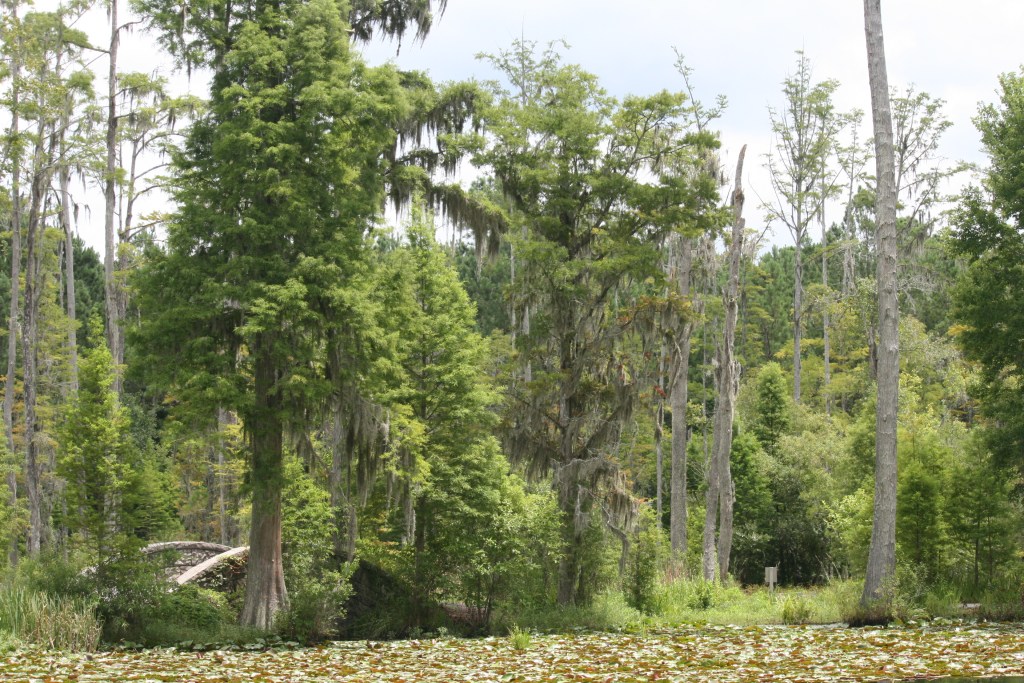Bald cypress a treasure of the South
Published 6:00 am Wednesday, May 3, 2017

- The bald cypress, as seen in Cypress Gardens in Charleston, S.C., is relatively quick-growing and performs well in a variety of landscapes.
One of the prettiest and most unique trees in the South, and my personal favorite, is the bald cypress (Taxodium distichum).
The bald cypress is a native deciduous conifer, meaning it sheds its needles in the fall, which is why it is appropriately named “bald.” It is one of only five conifer species to sheds its needles in autumn.
The native range of the bald cypress goes all the way up the East coast into Delaware, throughout much of the South and even into parts of Illinois, Indiana and Missouri. Typically, bald cypress can be found in swampy saturated areas that flood seasonally.
Although typically found in wet areas, bald cypress thrives as an urban/landscape tree in completely different conditions. What makes the bald cypress such a great selection for urban applications and home landscapes is its toughness.
Amazingly, bald cypress tolerate air pollution as well as poorly drained and compacted soils. This species also handles dry soils, which is a bit hard to believe as it is mostly found in wet areas.
In the wild, bald cypress can reach heights of up to 150 feet, though urban ones grow 50 to 70 feet tall with widths ranging from 20 to 30 feet. Relatively quick growing, bald cypress can grow up to 1 to 2 feet per year. Drought, insect and disease pressure will have a lot to do with growth rate.
In the fall, needles begin to turn a beautiful orange to rust-brown and fall.
Bald cypress have many aesthetic features, including the needle texture, seed structures, bark and fall color. In extremely wet conditions, the trees will grow above-ground growths/structures called “knees,” which are eye-catching features. These knees, also known as pneumataphores, can reach up to 3 feet tall. Scientists believe these structures are produced to increase the trees structural support in wet soil conditions.
There are many different cultivars of bald cypress to choose from for your landscape needs. Several cultivars make excellent specimen trees, standing alone in the landscape. There are others that can be used in mass plantings to create a hedge or screen. There are even weeping cultivars that make excellent landscape centerpieces to draw focus toward or away from an area.
The largest bald cypress in the world was located in Longwood, Florida, and was named “the Senator.” The Senator stood 125 feet tall and had a trunk circumference of 17.5 feet. Unfortunately, the Senator was a victim of arson in 2012 and collapsed as a result. At the time of its demise it was estimated to be 3,500 years old.
If you are looking for an interesting, hardy, native, attractive landscape tree for your home, look no further than the bald cypress.
For information on topics related to the home and garden, contact any office of the Alabama Cooperative Extension System. The Limestone County Office is at 1109 W. Market St. in Athens. Office hours are 8 a.m.-4:30 p.m. Mondays through Fridays. For more information, call 256-232-5510 or visit www.aces.edu.





